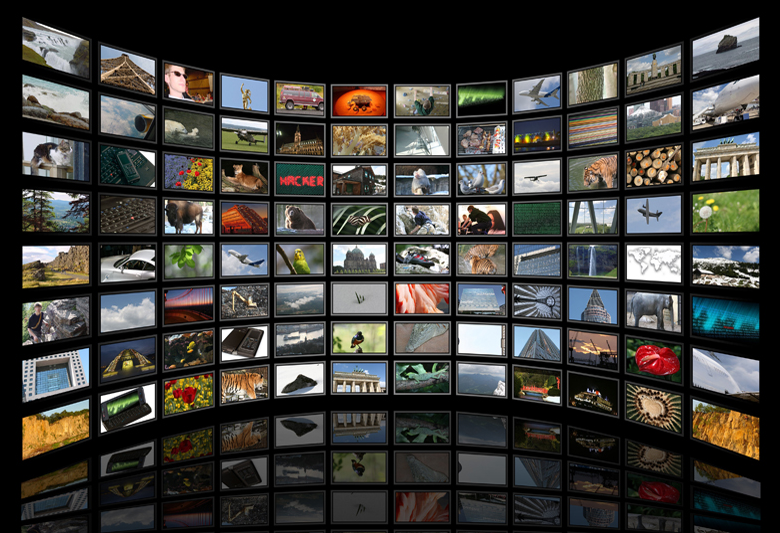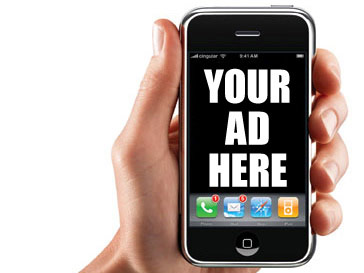There comes a time where naming conventions seem to hold back progress.
If we still called music “cassettes” it would be hard to imagine the effect this would have had on the way products like iTunes or services like Spotify would have been developed and marketed.
It strikes me that the future of TV , in terms of how content is searched for, found and viewed and how TV advertising manifests, is being hampered by the concept of TV and it’s antiquated name.
TV’s used to be large boxes in the home that you watched TV shows on, that were broadcast by TV companies on TV Channels.
Especially in the UK and Europe, you were quite likely to sit down at watch Channel Number X for the evening.
Increasingly these separate TV based units are becoming meaningless, the notion of a TV channel seems rather strange, even the idea of a “show” made for TV seems a little odd in an era of long and short form content on Vimeo, Youtube, News Websites etc.
A new name is required and with it a new way of thinking.
Much like we used to talk about records then cassettes, then CD’s and then MP3’s, each with their own cassette player, discman etc, we now just talk about music.
We now need to think not about DVD’s and TV Channels and Set top boxes, but about what it is Video.
Our TV’s are on the edge of being nothing to do with TV. They are merely large screen through which to play video.
We no longer sit down and “tune in” to see what is “on”, increasingly we sit down and think about specific content we watch. Smart TV’s like Samsung with their S- Recommendation engines now surface content based on our behavior and regardless of the format of content and the pipeline that brought it. Your thirst for soccer could be quenched by Live Soccer on Fox Soccer, a match on your DVR, an iTunes hosted video of the top goals ever, or highlights for free on Youtube.
Thinking of the TV as large screen for video allows the imagination to rethink other aspects. As an agency that seeks to serve the needs of brands, why are we now bound by the limitations and expense ofTV advertising.
TV Advertising can be done more accurately.
Digital TV’s can record data about your behavior and can work at an individual level, you now no longer need to buy a show, you can buy a individual house at a specific moment in time.
TV Advertising can be linked to an action.
You are now showing video to people on a large connected screen. Opportunities to buy products featured in shows will soon become common, as will click to find out more, or click to enter competitions
TV Advertising can be done more creatively.
With targeting down to a household ads can be served sequentially to build a narrative and ads can now be based on real time context or other data to make ads richer. They could pull in your feeds from you social graph, show what your friends think of the products etc.
TV Advertising can be done more measurably.
Any action based creative can be used to measure response in real time, thus providing ways for advertisers to test creative.
Even more than this advertising can now be served more quickly and much more cheaply/
So my only question remains, with this new world of the large screen and richer ad experiences, what does the TV’s new name become?

